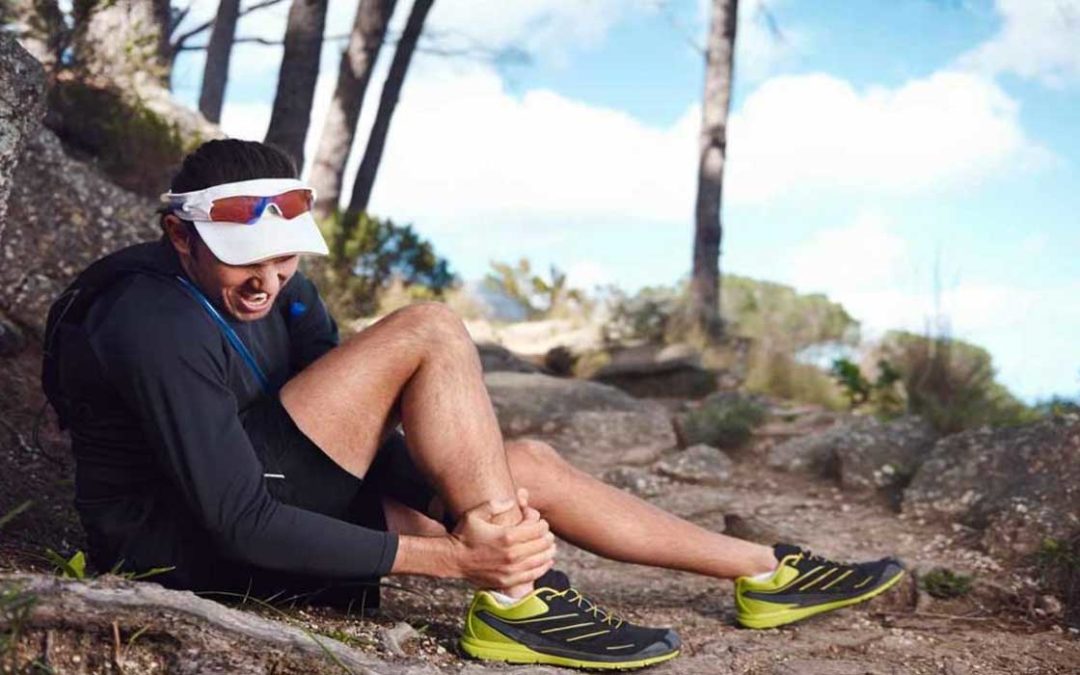SPORTS INJURY
Sports is one of the most effective physical activities offering countless health benefits. Also change your mood, help you to concentrate, and improve sleep habits. It also helps to reduce stress and depression, increase confidence in yourself and maintain a healthy weight.
There are so many sports choices you can choose from, including basketball, soccer, baseball, volleyball, and badminton. They are not immune to certain wounds, however, as human beings. In a study conducted by the University of Edinburgh’s Institute for International Public Health Policy, 24 percent of sports players were harmed by playing football in which 15 percent of them are professional.
Based on the Health and Social Care Information Center data, sports injuries cause 2 percent of cases in emergency departments. It is therefore critical that we take care of our body in the performance of sports and even activities related to fitness.
Perform a Good Dynamic Warm-Up
Many elements, many of which are useful–assuming that fundamental principles are applied–constitute a successful dynamical warm-up. Exercise like backpedaling and carioca is good for increasing the flow of blood into the legs, but athletes should do it at the end of their warm-ups. Your progress ranges from general, basic to complex, low to high intensity, and from reduced rehabilitation to more recovery.

The monitoring of this growth ensures that the neuromuscular activation and blood flow are as close as possible to an optimal level and that each athlete will perform well during exercise. The risk of harm is much greater in the cold and immobile muscles and joints, so you want to ensure that your athletes are ready to fulfill the needs of their next practice or exercise.
Move Better
Anyone (hopefully) can make a Lunge or Squat, but the value can vary. If you see the athlete’s knees in the lungs, it’s possible that his muscles are soft and more likely that he has a knee injury. During a squat, she will put her dorsal at risk if she tucks in the pelvis of an athlete before her quads are parallel. It is critical to know the limitations of your athletes’ movement and get your certified athletic trainer to help them correct them. This is why it is especially important to pay attention to your athletes during their complex warm-up.
Do Not Overtax the Central Nervous System
Olympic lifting, Sprinting, Plyometrics are great. Aerobic conditioning is also great. Knowing how all of them can be put into practice or training is even better. Before the CNS is activated, it can only take so much stimulation. A common rule is “high and low,” which was first made famous by Charlie Francis, the great track coach. Make sure you don’t over-stimulate the rest of the practice if one-day heavy weight training or Olympic lifting is packed. The next day is supposed to be a day of low or rehabilitation. Prescribe methods for speed or lightweight training.

If athletes have their CNS overtaxed, they tend to be tired, not trained, have poor cognitive deficiencies, have sore muscles and general discomfort, which clearly indicates that they are not recovered. Notice that, although muscles can only be healed from an Olympic lifting session for two or three days, the CNS can take up to 10 days for complete recovery. The athlete will end up in the athletic training room if this trend continues.


 Eliza Brooks is a passionate outdoor and travel blogger who loves to write about travel, sports, and outdoor games. She is currently working with
Eliza Brooks is a passionate outdoor and travel blogger who loves to write about travel, sports, and outdoor games. She is currently working with 
